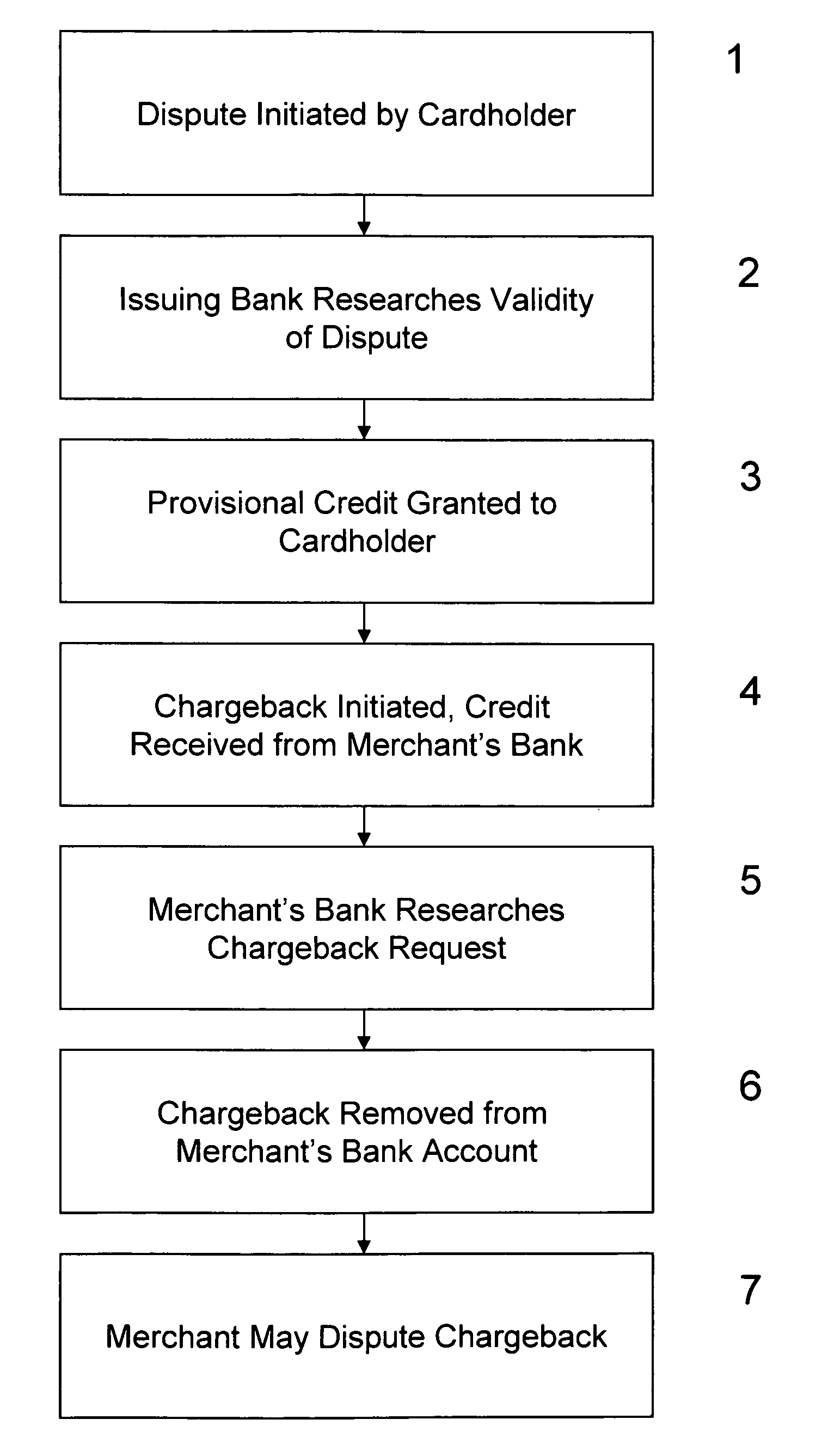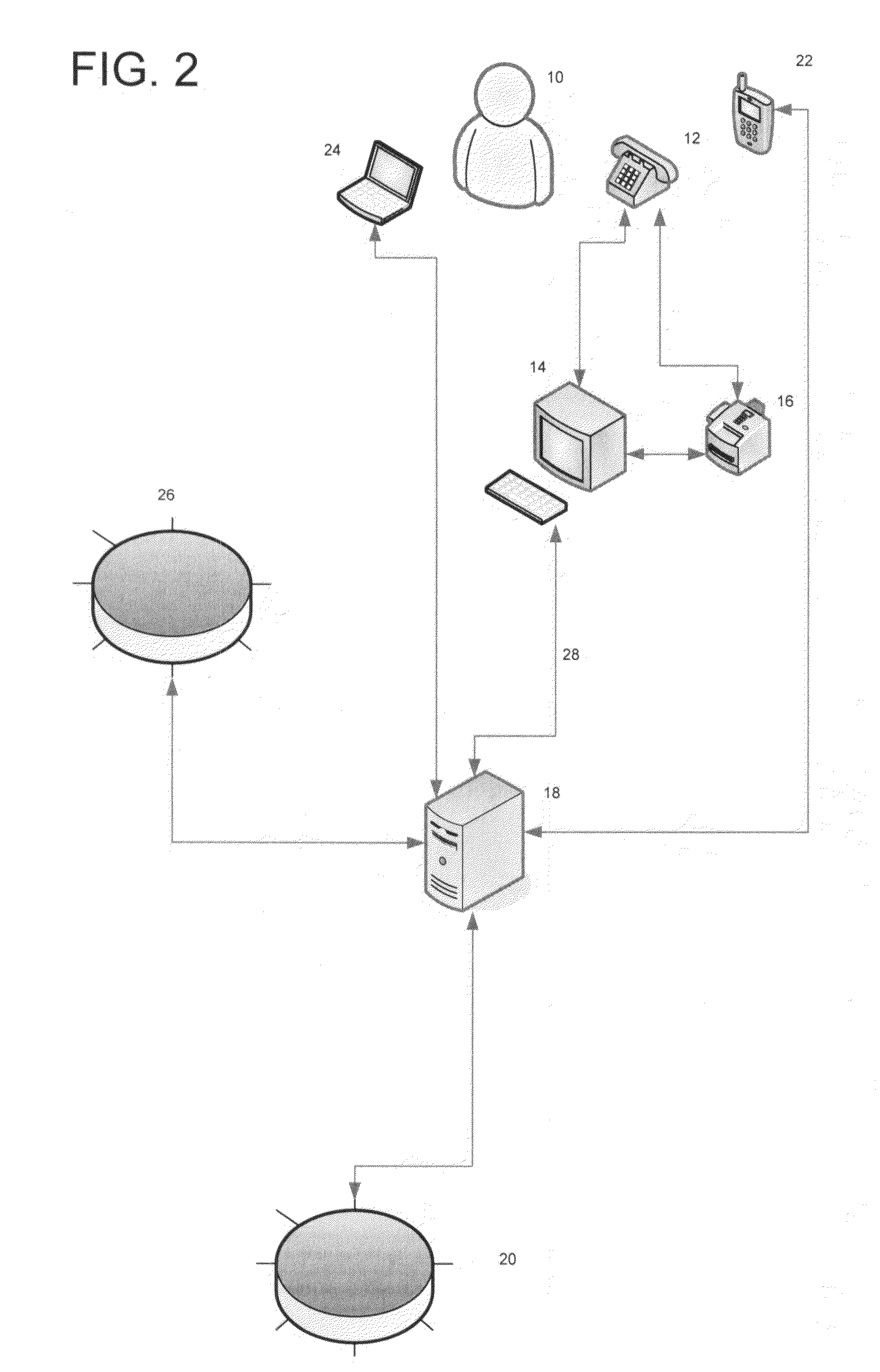System and method for authenticating a payment instrument transaction originating from a non-internet channel
a payment instrument and non-internet channel technology, applied in the field of system and method for authenticating a traditional non-internet based transaction, can solve the problems of special set of problems for merchants and credit card issuers, loss of merchant productivity, etc., and achieve the effect of improving merchant authentication and verification capabilities, being more reliable and secur
- Summary
- Abstract
- Description
- Claims
- Application Information
AI Technical Summary
Benefits of technology
Problems solved by technology
Method used
Image
Examples
Embodiment Construction
[0031]Reference is now made to the figures in which like reference numerals refer to like elements.
[0032]In the following description, certain specific details of programming, software modules, user selections, network transactions, database queries, database structures, etc., are provided for a thorough understanding of the embodiments of the invention. However, those skilled in the art will recognize that the invention can be practiced without one or more of the specific details, or with other methods, components, materials, etc.
[0033]In some cases, well-known structures, materials, or operations are not shown or described in detail in order to avoid obscuring aspects of the invention. Furthermore, the described features, structures, or characteristics may be combined in any suitable manner in one or more embodiments.
[0034]In one preferred embodiment, shown in FIG. 2, the system and method of the present invention are illustrated.
[0035]The system of the present invention preferabl...
PUM
 Login to View More
Login to View More Abstract
Description
Claims
Application Information
 Login to View More
Login to View More - R&D
- Intellectual Property
- Life Sciences
- Materials
- Tech Scout
- Unparalleled Data Quality
- Higher Quality Content
- 60% Fewer Hallucinations
Browse by: Latest US Patents, China's latest patents, Technical Efficacy Thesaurus, Application Domain, Technology Topic, Popular Technical Reports.
© 2025 PatSnap. All rights reserved.Legal|Privacy policy|Modern Slavery Act Transparency Statement|Sitemap|About US| Contact US: help@patsnap.com



